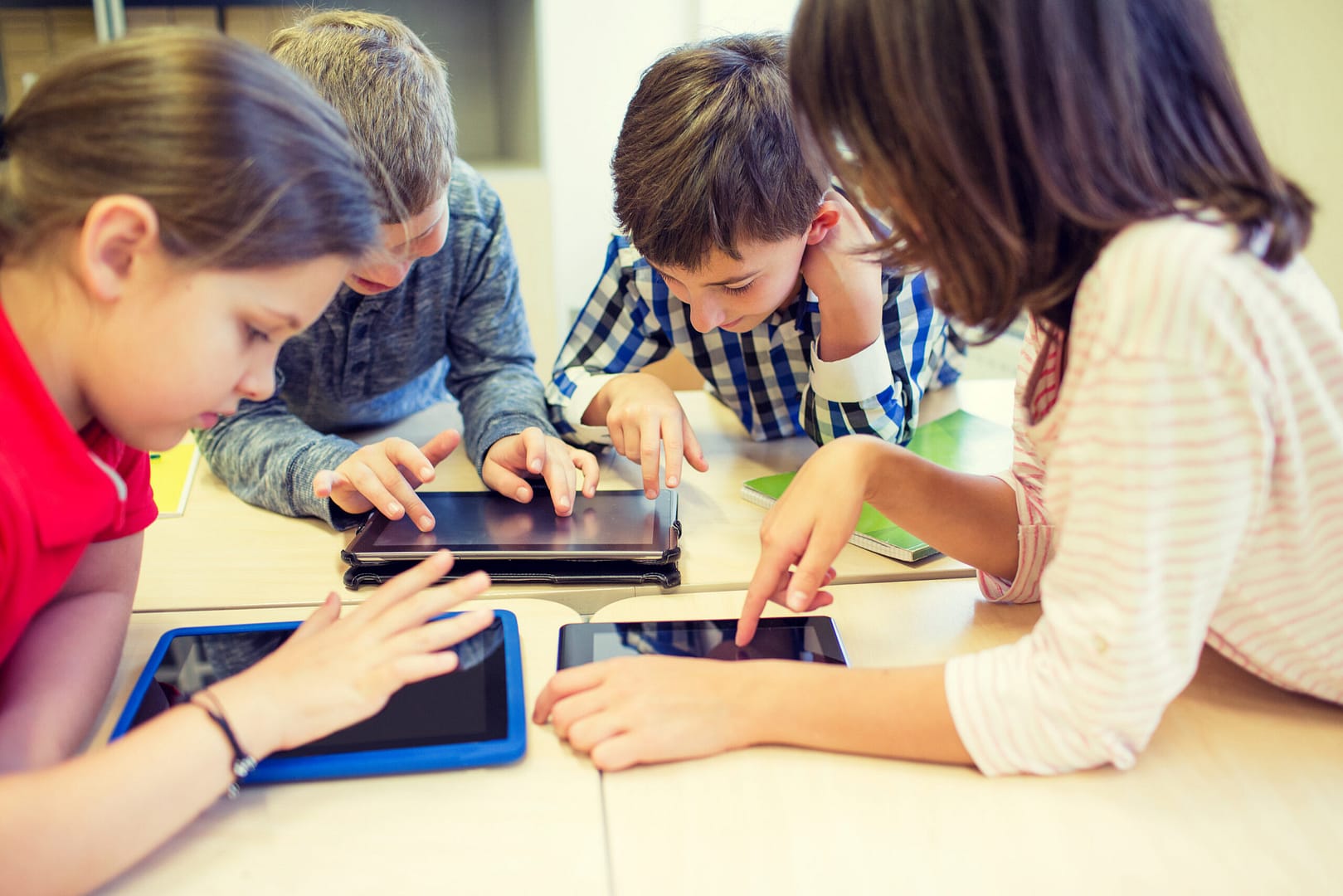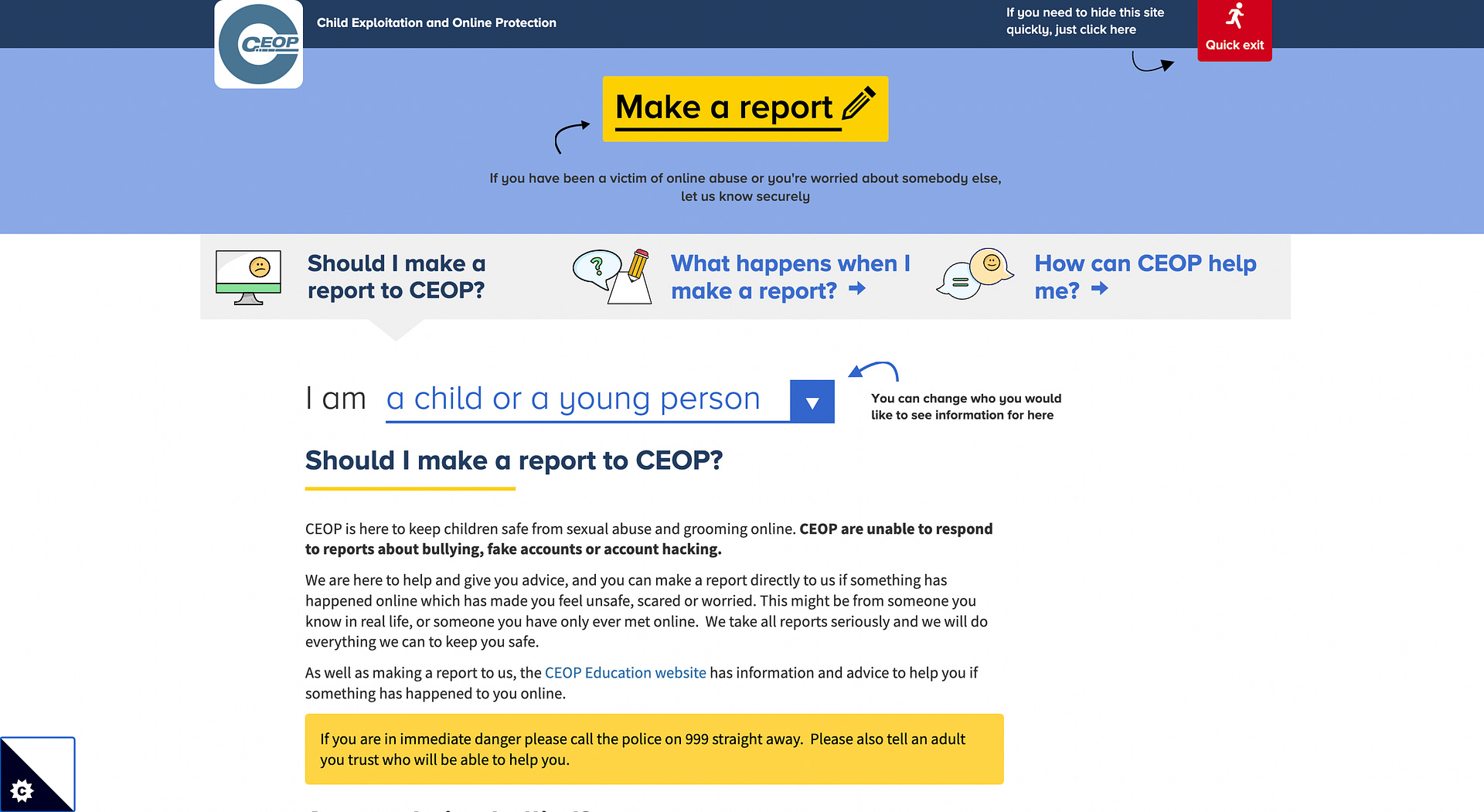Online Safety During Transition To Secondary School
Written by Cat Lamin
Published on 8th November 2022
Last Updated: 20th June 2025
Written by Cat Lamin
Published on 8th November 2022
Last Updated: 20th June 2025

Online safety sometimes feels like a very broad topic to deal with, especially with the wealth of online tools, games and activities that children can access, many of which are invaluable to our children’s education.
As pupils near the end of their primary school journey, they are almost certainly aware of and are potentially already using social media platforms. While the majority of these tools have 13+ age limits, it would be naive to assume that pupils adhere to these limits either with or without parental support. After all, what is more tempting than something that is forbidden?
Once pupils start secondary school, they are even more likely to be introduced to a vast range of social media and messaging platforms, and a combination of curiosity and peer pressure means it is likely that they will be using platforms which put them at risk of exposure to either cyberbullying or inappropriate content.

TikTok, Snapchat, WhatsApp, Signal, Instagram, YouTube and more – the list goes on. Social media is constantly changing and it’s hard for us to keep up with what is being used by the young people that we work with. At the end of the day, though, it doesn’t matter what platform they are using, because the end result is still the same: pupils need to know how to keep their personal information private and safe and what to do if something happens which is inappropriate or makes them feel uncomfortable. As teachers, we are responsible for ensuring that students know how to stay safe and what steps they need to follow, rather than us telling them to simply not use social media.
In the first two lessons of Kapow Primary’s Year 6 Online Safety content, pupils explore online issues that can give them negative feelings as well as thinking about the impact and consequences of sharing online. By teaching these lessons, we can remind children of the importance of taking time to think before sharing information online, as well as reminding them that sometimes messages can be misunderstood.
As pupils become more familiar with using websites, apps, and games, many will already have encountered artificial intelligence (AI) in the form of chatbots or image generators. These tools can seem clever, lifelike, or even helpful – but it’s important that children understand their limitations. AI is not human, and it doesn’t always provide accurate or safe information.
With secondary school on the horizon, pupils need to begin thinking critically about what AI tells them, how it works, and when it’s right to ask a trusted adult for help. Our AI lesson plans for Year 6 give children the chance to explore what AI is, how it’s used in the real world, and how to interact with it safely and responsibly. These lessons about AI are designed to build awareness, support online safety, and prepare pupils for the digital world ahead.
To build your own subject knowledge, take a look at our blog post by the Kapow Primary Computing team. It breaks down the key concepts of AI for teachers and provides a helpful overview of how to approach this topic in class.
As children start secondary school, they are likely to make a host of new friends and meet pupils from different primary schools with different experiences. Inevitably, there will be some disagreements, which may lead to cyberbullying. It is also possible that children may themselves bully one of their peers without even realising that they are being unkind. Be sure to spend some time discussing with pupils what they think cyberbullying looks like and how they can make sure that they aren’t upsetting someone through their use of digital technology. Remind pupils of the importance of being inclusive and thoughtful in their online behaviours. Spend some time looking at Online safety lesson 3 for Year 6, which explores how to create a positive online reputation and reminds pupils that once something is posted on the internet, it is difficult to remove it completely.

The national curriculum for computing in England states that in KS2:
“Pupils use technology safely, respectfully and responsibly; recognise acceptable/unacceptable behaviour; identify a range of ways to report concerns about content and contact.”
And that last clause is the important bit – how to report concerns about content. For some pupils, they will have someone at home who is comfortable listening and supporting them should something unpleasant happen, but for many, their home environment isn’t one that can provide a safe place. Therefore, it is essential that students know about sites such as the child exploitation and online protection (CEOP) reporting page and are shown how the page works, as well as how to use the ‘quick exit’ button to hide the site if they don’t feel comfortable with certain people knowing what they’re looking at. They should be given the opportunity to voice their concerns with their primary school teachers, or another adult they feel comfortable with, and know that telling an adult is always a good approach.

In lesson 4 of the Year 6 Online safety unit, pupils are shown how to capture evidence in case of online bullying, but, of course, this skill can be used in any situation online, so it’s essential that the pupils know how to take a screenshot if necessary.
In Year 5, pupils will have looked at how apps can access personal information and how to alter permissions. It is important to recap this information in Year 6 and to remind children that, where possible, accounts should be set to ‘private’ to avoid future problems.
It is also worth stressing that there are both advantages and disadvantages to using online platforms. In particular, social media’s impact on our mental health and well-being is worth exploring as children move on to secondary school. In lesson 5 of the Year 5 unit, you can find a great lesson about how being online can affect our health; it encourages pupils to explore the benefits and negative impacts of being online and helps children to recognise what we mean by health and well-being.
Before students leave primary school, it is important that they are aware of steps to keep themselves safe in an increasingly complex digital world. Whether they are communicating using digital platforms or playing computer games with built-in chat, there are ample opportunities for issues to crop up. Before they leave, remind students of ways to keep themselves safe, recognise online behaviours that make them uncomfortable and identify strategies for resolving any issues that they come across.
Remember that children are likely to explore online platforms whether they are allowed to or not, and the best approach to take is to ensure that they know how to be safe and how to deal with any issues that crop up when doing so.